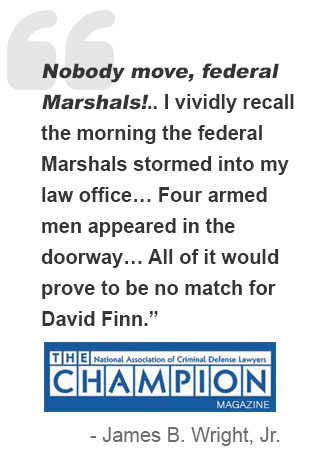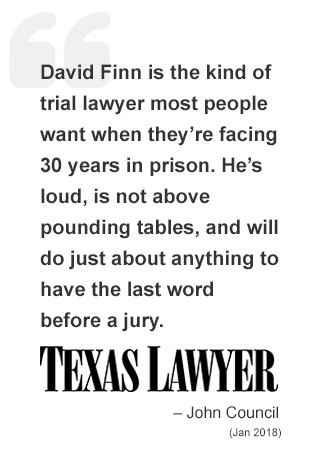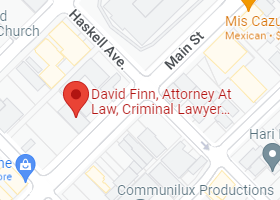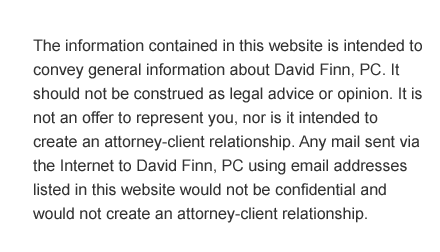


How Does the Case Proceed?
Misdemeanor Cases: This process begins once the case has been filed by the police and the District Attorney’s Office drafts an information.
Felony Cases: This process begins when the Grand Jury issues a true bill of indictment. Once the case has been indicted, the process begins.
The First Appearance Setting
- If on bond the person accused must appear in court. It will be determined at this setting if the defendant must hire an attorney or if they qualify for a court appointed lawyer.
- If in jail the person will be brought to the court on the jail chain. If the defendant cannot afford to hire an attorney and if a lawyer has not already been appointed for the defendant, one will be appointed at this time.
Announcement Settings
Theses settings allow both the defense lawyer and the assistant district attorney an opportunity to discuss the case and determine if the case will be dismissed, plea bargained (a plea bargain is a resolution of the case where both the State and the defendant agree to a certain punishment without involving either a judge or jury) or set for a jury or bench trial. (A bench trial is a trial to a judge without a jury.)
Generally, a case may be set for announcement two or three times. A person on bond may be required to appear in court every time the case is set on the court’s docket, regardless of the type of setting and regardless of whether that person’s attorney must also appear. If the person is in jail he or she will not be automatically brought to the court for announcement settings, unless the defense attorney has requested that court to bring the person to the court on the jail chain.
Final Announcement Setting
At this setting it is determined whether or not the person accused wishes to reach a plea bargain agreement with the Assistant District Attorney or to have a trial.
In many courts, once a case is set for trial of any kind, any plea bargain offer is considered rejected and may not be offered again.
Plea Setting
If a defendant chooses not to have a jury or bench trial, then the case is set for a plea. At the plea setting a person enters a plea of either guilty or nolo contender to the charges. (A plea of nolo contender means that a person is not pleading guilty but chooses to “not contest” the charges brought against him. It has the same legal effect as a pleading guilty to the charge.) A person who pleads to the charge may accept either the plea bargain offered by the State, or he may enter an open plea. (An open plea means that the defendant has rejected the plea bargain and asks the judge to set punishment.)
Trial Setting
Every person charged with a criminal offense has an absolute right to plead not guilty to the charge and have a trial by jury or a trial before a judge (bench trial). In either case, the State of Texas, through an Assistant District Attorney, must prove a person guilty of the offense charged beyond a reasonable doubt. In a misdemeanor trial there are six jurors who hear the evidence presented in the trial. At the felony level there are 12 jurors. There are three possible phases to each jury trial. They are: voir dire (jury selection phase); guilt/innocence phase (the time during the trial when evidence is presented); and, if the person is determined to be guilty, the punishment phase.
A jury’s decision with regard to guilt or innocence must be unanimous (that means that all six or 12 people must reach the same conclusion as to the guilt or innocence of the person on trial). If the jury does not reach a unanimous verdict the judge may declare a mistrial (also known as a “hung jury”) and the case may be retried.
A defendant who has been found guilty of an offense may choose whether the jury or the judge will set his or her punishment.
In a bench trial the judge determined the guilt or innocence of the defendant and sets the punishment.
Probation
Depending on a number of factors, a person may be eligible to have a jail sentence probated. (Probated means that they are not sent to jail but are released and supervised by the Department of Community Supervision.)
Phone Numbers
Office: (214) 538-6629







